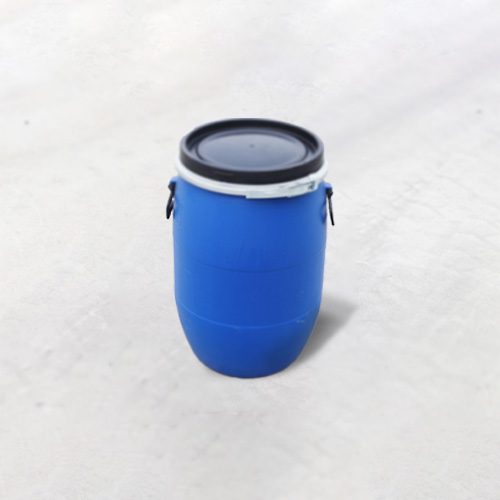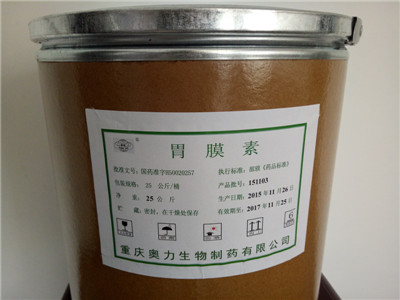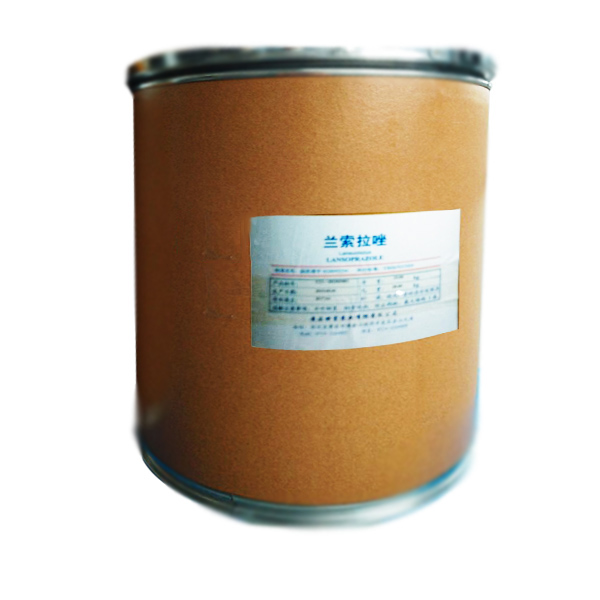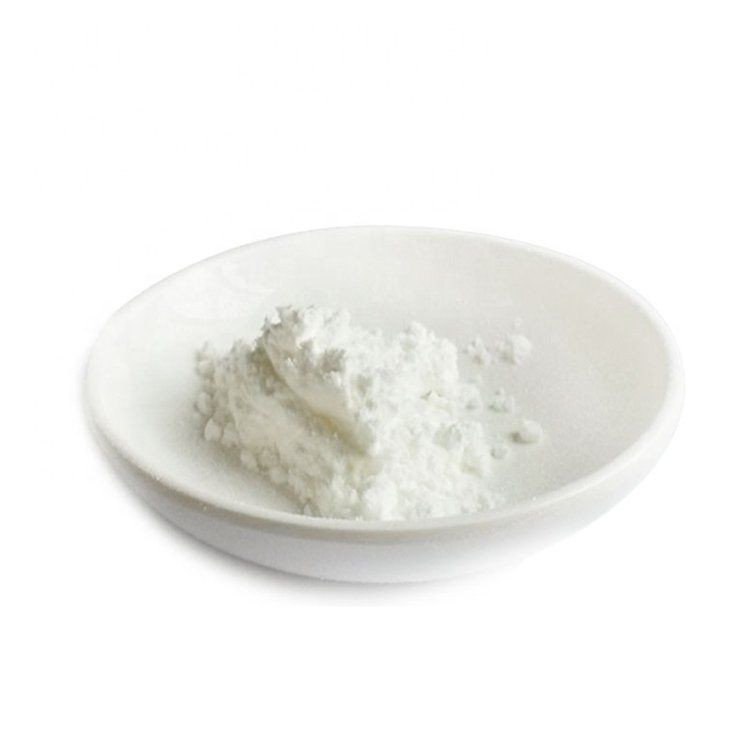Pharmaceutical Raw Materials
Veterinary API
Antiallergic Drugs
Hormones and Endocrine Drugs
Drug Metabolism
Pharmaceutical Intermediates
Synthetic Anti Infective Drugs
Specialty Drugs
Vitamins and Minerals Medicines
Feed Drug Additive
Antineoplastic Agents
Nervous System Drugs
Respiratory Drugs
Diagnostic Agents
Anti Stress Drugs
Antipyretic Analgesics
Antiparasitic Drugs
Circulatory System Drugs
Biochemicals
Blood System Drugs
Immune System Medication
Pharmaceutical Excipients
Fluid, Electrolyte, and Acid-Base Balance
Urinary System Drugs
Antibiotics
Anesthetic Agents
Inhibitors
Other Chemical Drugs
Digestive System Drugs
Alias
More Information
Rifaxidin; Xifaxan; Rifacol; Fatroximin; Normix; Rifamixin; 2S-Acetyloxy-5,6,21,23-Tetrahydroxy-27-Methoxy-2,4,11, 16,20,22,24,26-Octamethyl-2,7-(Epoxypentoeleca(1,11,13)Trienimino)Benzofuro[4,5-E]Pyride[1,2-A]Benzimidazole-1,15(2H)-Dione; Ole-1,15(2H)-Dione,25-(Acetyloxy)-5,6,21,23-Tetrahydroxy-27-Methoxy-2,4,11,16; Rifamycinl105; Rifamycinl105Sv; Rifaxamin
Brief Introduction
Rifaximin, a rifamycin derivative, was developed by Alpha Company of Italy. It was listed in Italy as an anti infective diarrhea drug in 1987, and has been widely used abroad since then. It was approved by SFDA in 2004 and has been clinically used in China. Rifamycin is a semi synthetic antibiotic with broad antibacterial spectrum and strong antibacterial effect. It can form a high blood concentration in the intestinal tract. It can inhibit Staphylococcus aureus and Streptococcus faecalis in Gram-positive aerobic bacteria, Salmonella, Shigella, Escherichia coli and Yersinia enterocolitica in Gram-negative aerobic bacteria, Bacteroides in gram positive anaerobes have high antibacterial activity. Its mechanism of action is to inhibit the bacterial polymerase, block the transcription of RNA, and then inhibit the synthesis of bacterial protein, thus reducing the production of ammonia. Its antibacterial effect is characterized by: 1) strong antibacterial force, broad antibacterial spectrum, bactericidal effect on most Gram-positive bacteria and Gram-negative bacteria (including aerobic and anaerobic bacteria), and stronger effect on Gram-positive bacteria than Gram-negative bacteria; 2) It is not absorbed by the gastrointestinal tract and has high concentration in the intestinal tract. It can rapidly play an antibacterial role in the local area by killing intestinal pathogens, and does not need to be combined with the use of intestinal antispasmodics and adsorbents.
Suppliers
View More Vendors (3) >
CAS:10047-33-3
Molecular Formula:C97H124N20O31S
Alias
More Information
Emucin; Mucin Gastric; Mucin Type I; Mucin Type Ii; Mucin Type Iii; Mucin Type I-S; Gastric Mucin Porcine
Brief Introduction
Gastrin is a large glycoprotein that protects the gastrointestinal tract from acids, proteases, pathogenic microorganisms and mechanical trauma.
Suppliers
View More Vendors (3) >
CAS:103577-45-3
Molecular Formula:C16H14F3N3O2S
Alias
More Information
1H-Benzimidazole,2-(((3-Methyl-4-(2,2,2-Trifluoroethoxy)-2-Pyridinyl)Methyl)Su; 2-(((3-Methyl-4-(2,2,2-Trifluoroethoxy)-2-Pyridinyl)Methyl)Sulfinyl)-1H-Benz; 2-[[[3-Methyl-4-(2,2,2-Trifluoroethoxy)-2-; Prevacid; Bamalite; Monolitum
Brief Introduction
Lansoprazole is a new generation of proton inhibitor. It acts on the last link of gastric acid secretion and strongly inhibits gastric acid. It is used in the treatment of duodenal ulcer and reflux esophagitis.
Suppliers
View More Vendors (3) >
CAS:107007-99-8
Molecular Formula:C18H25ClN4O
Alias
More Information
1-Methyl-N-[(3-Endo)-9-Methyl-9-Azabicyclo[3.3.1]Non-3-Yl]-1H-Indazole-3-Carboxamide; 1-Methyl-N-[(1S,5R)-9-Methyl-9-Azabicyclo[3.3.1]Nonan-3-Yl]Indazole-3-Carboxamide,Hydrochloride; 1-Methyl-N-(9-Methyl-9-Azabicyclo(3.3.1)Non-3-Yl)-1H-Indazole-3-Carboxamid; Endo-Monohydrochlorid; 1-Methylindazole-3-Carboxylic acid; Midehydrochloride; 1-Methyl-N-[(3-Endo)-9-Methyl-9-Azabicyclo[3.3.1]Non-3-Yl]-1H-Indazole-3-Carboxamide Hydrochloride; 1-Methyl-N-(9-Methyl-9-Azabicyclo[3.3.1]Nonan-3-Yl)-1H-Isoindole-3-Carboxamide Hydrochloride
Brief Introduction
Granisetron hydrochloride is a highly selective 5-HT3 receptor antagonist, which has good preventive and therapeutic effects on nausea and vomiting caused by radiotherapy, chemotherapy and surgery. Radiotherapy, chemotherapy and surgery can cause the release of 5-HT from the intestinal chromaffin cells. 5-HT can activate the 5-HT3 receptor of the central or vagus nerve and cause vomiting reflex. The mechanism of controlling nausea and vomiting is to inhibit the occurrence of nausea and vomiting by antagonizing 5-HT3 receptors in central chemosensory area and peripheral vagus nerve endings. It has high selectivity and no side effects such as extrapyramidal reaction and excessive sedation.
Suppliers
View More Vendors (3) >
CAS:172152-36-2
Molecular Formula:C19H18N4O2S
Alias
More Information
Aldenon; 2-{[(4-Methoxy-3-Methylpyridin-2-Yl)Methyl]Sulfinyl}-6-(1H-Pyrrol-1-Yl)-1H-Benzimidazole; 2-[[(4-Methoxy-3-Methyl)-2-Pyridinyl]Methylsulfinyl]-5-(1H-Pyrol-1-Yl)-1H-Benzimidazole; Ilaprazole [Inn]; Ilaprazole; Iy-81149; Iy 81149; Iy81149
Brief Introduction
Iprazole is a powerful proton pump inhibitor. It works by interfering with the proton pump secreting gastric acid on gastric parietal cells. Its effect of inhibiting gastric acid is the strongest among similar drugs.
Suppliers
View More Vendors (3) >
Inquiry (
10
/ 10
)
Clear All
Sign In
Error!











![2-[(4-Methoxy-3-Methylpyridin-2-Yl)Methylsulfinyl]-6-Pyrrol-1-Yl-1H-Benzimidazole](https://res.chemball.com/upload2/448ee1f9-5646-4f90-848d-d8537ce85a31.jpg)